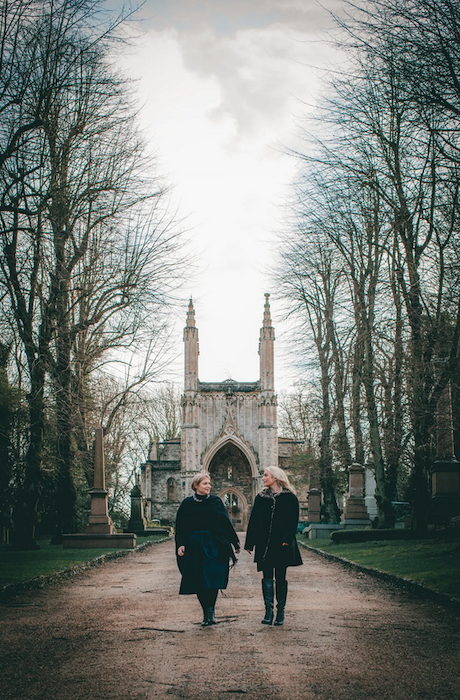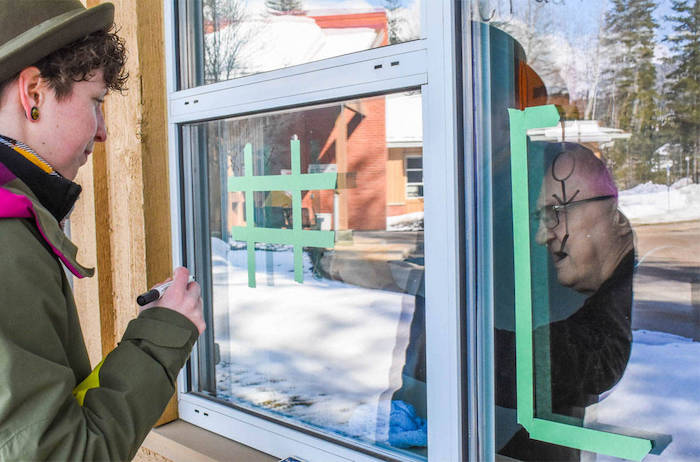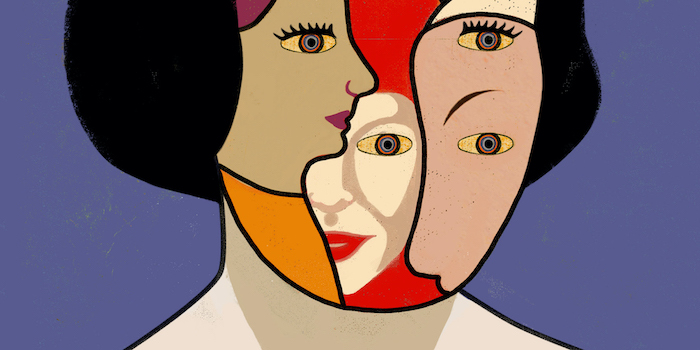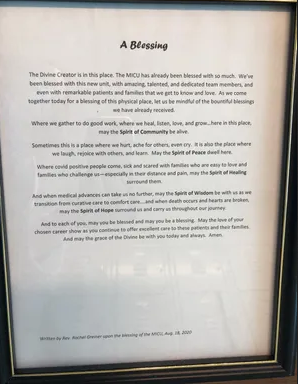— ‘the Difficulty and the Beauty’ of Pandemic Hospice Work
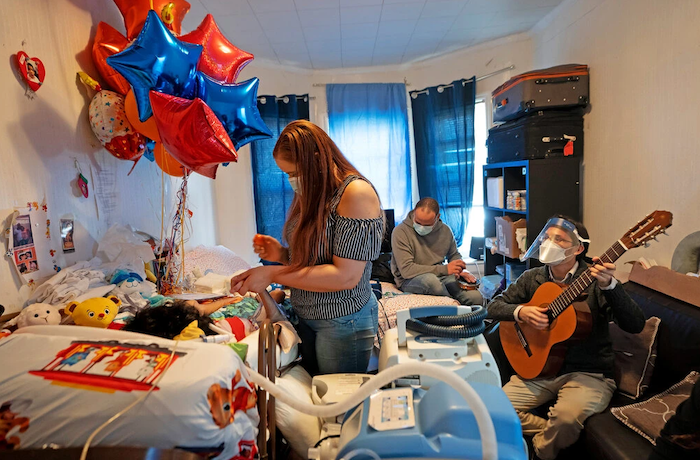
“I did not really understand when people would ask, ‘Why me and why my family?’” a hospice chaplain said. “Now I was asking the same questions.”
By James Estrin
This year was different.
The coronavirus pandemic dramatically changed Ms. Saoui’s work as a home hospice nurse in New York. Safety precautions created a physical distance between her and her patients and even cut some of her hospice colleagues off from their clients’ homes altogether last year. It deprived families and caretakers of ways to grieve together, and confronted hospice workers, however familiar with death, with a staggering scale of loss.
Through all the pressures, Ms. Saoui and other workers continued to provide solace and even moments of happiness to dying patients and their families.
“You sit down and you listen,” she said. “They express their fear, they express their emotions, and you guide them and tell them what to expect.” After a patient dies, she added, “I often want to hug the family members, but I cannot do that now.”
Instead, Ms. Saoui said, “I pray and do the best I can.”
More than half a million Americans have died from the coronavirus, and many have died in pain, isolated from their families. Ms. Saoui contrasted those conditions with what she called a good death: “peaceful, pain-free, at home and surrounded by their loved ones.”
While nurses have continued in-person home visits, some chaplain, social work and therapy sessions moved online because families preferred it. By August, most of that care switched back to in-person visits but with strict precautions, including wearing full P.P.E. at times and keeping six feet apart whenever possible.

Though a vast majority of Ms. Saoui’s patients in the last year did not have the coronavirus when they entered hospice, challenging restrictions have been placed on all patients and caregivers. Home hospice care can last for many months, and workers often develop close relationships with patients and their families.
But the pandemic has meant fewer occasions for families — and hospice workers — to mourn together in person at funerals or memorial services. For over a year, the size of those gatherings has been strictly limited by many states to try to stem the spread of the virus.

When hospice patients die, their caretakers often work through their own grief and loss in weekly staff meetings and gatherings with colleagues who shared the same client. These staff meetings are now online, but the loss of being able to hold each other and shed tears together has deeply affected hospice workers, said Melissa Baguzis, a social worker who specializes in pediatric cases. She has developed her own ways to handle the loss of her young patients.
“I take a moment, light a candle and read their favorite book or listen to their favorite song,” she said. “I have my own time for them. We do become connected with their families, but when I’m in their houses, that is their grief and I’m going to support them. I need to process my own loss outside of that.”

The hospice workers in the MJHS Health System, a nonprofit that covers New York and Nassau County, are comfortable around death in a way that many Americans are not. But the pandemic has put an extra weight on them and their patients, Ms. Baguzis said. “We all share in each other’s grief now more than ever,” she said.
The Rev. Christopher Sigamoney, an Episcopal priest who is a hospice chaplain, said he has tried to be there for his patients “even with their frustration, anger, hopelessness, depression and anxiety.”

He often told patients’ family members that it was “OK to be angry at God” over the loss of their loved one. But he said that the death of a beloved cousin from the coronavirus had changed his understanding of his work.
Father Sigamoney and his family were unable to be with his cousin, a retired doctor visiting from India, during the three days while she was on a ventilator in the hospital at the end of her life. He and a handful of relatives said “a few prayers” in the funeral home, he said, but they were unable to have a “proper burial” or ship the body home to India because of virus restrictions.

“I did not really understand when people would ask, ‘Why me and why my family?’” he said of the time before his cousin’s death. “Now I was asking the same questions. I said to God, ‘Now I’m angry at you, and I hope you can forgive me.’” Father Sigamoney said he was slowly recovering through prayer and helping his patients.
Last month, Josniel Castillo was hooked up to a battery of medical machines and monitors, surrounded by his parents and a multitude of stuffed animals, as Javier Urrutia, a music therapist, and Ms. Baguzis entered his cramped bedroom. Despite his declining medical condition because of a rare genetic disease, this was a happy day. It was Josniel’s 11th birthday.
Mr. Urrutia launched into “Las Mañanitas,” a traditional Mexican birthday song. Josniel’s mother and father, Yasiri Caraballo and Portirio Castillo, joined in. Ms. Caraballo wiped away tears. They were, she said, “tears of joy” because she had not expected her son would live to be 11.
She requested another tune, and played tambourine as Mr. Urrutia launched into “Que Bonita Es Esta Vida.” They sang the final chorus together, part of which can translate to:
Oh, this life is so beautiful
Though it hurts so much sometimes
And in spite of its sorrows
There’s always someone who loves us, someone who takes care of us.
Afterward, Mr. Urrutia said most people are “unaware of what’s happening behind closed doors, both the difficulty and the beauty.”

This year in countless homes, there has been “a lot of pain and suffering, it cannot be denied,” he said. But in hospice work, he said, “you also see all of the heroes out there doing the simple things of life, caring for each other. The husband taking care of his wife or the mother taking care of her son.”
“Dying is a part of life,” he added. “Only living things die.”
Complete Article ↪HERE↩!


